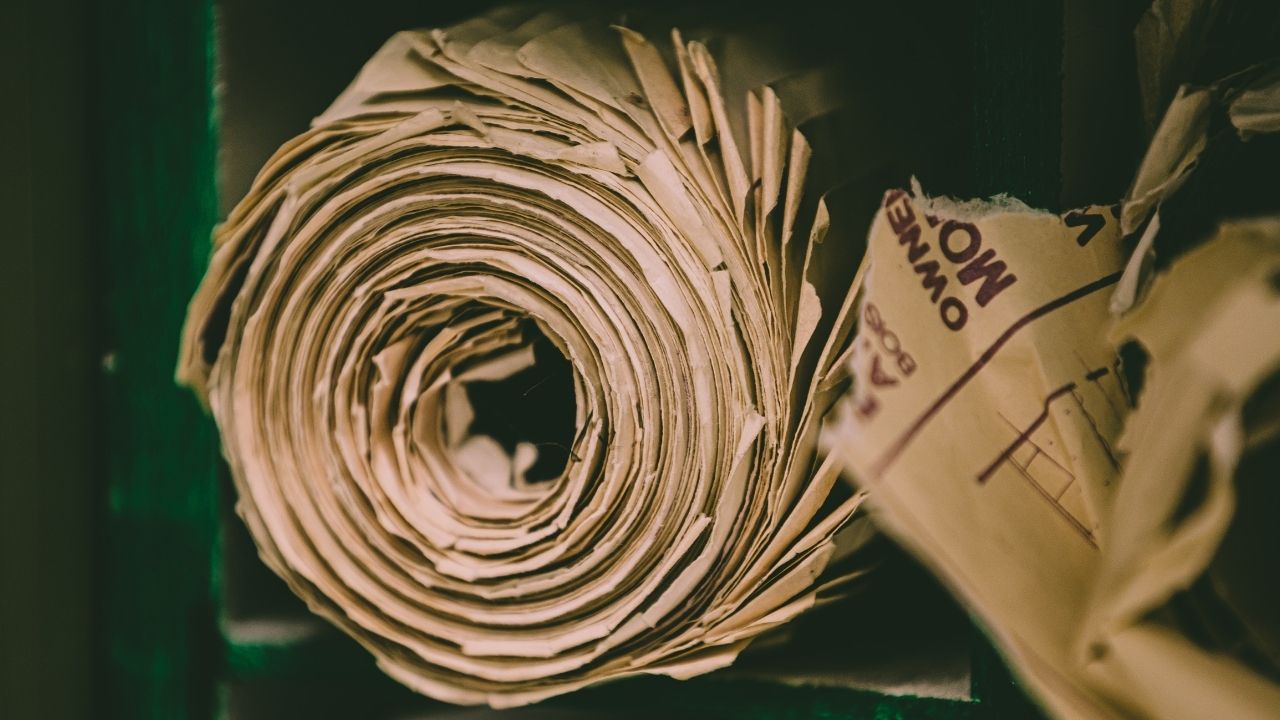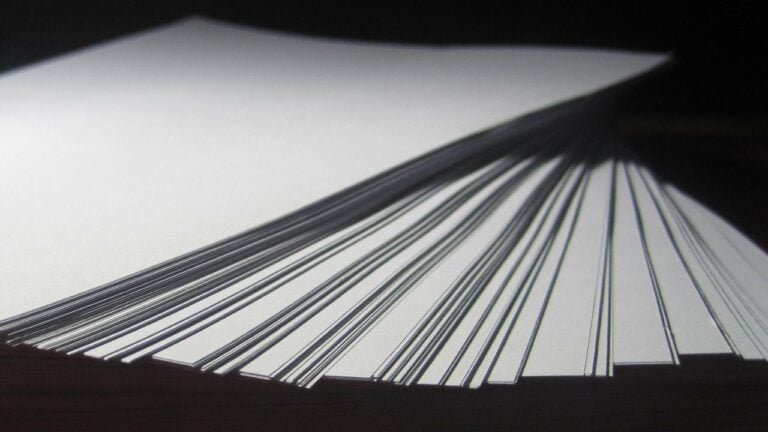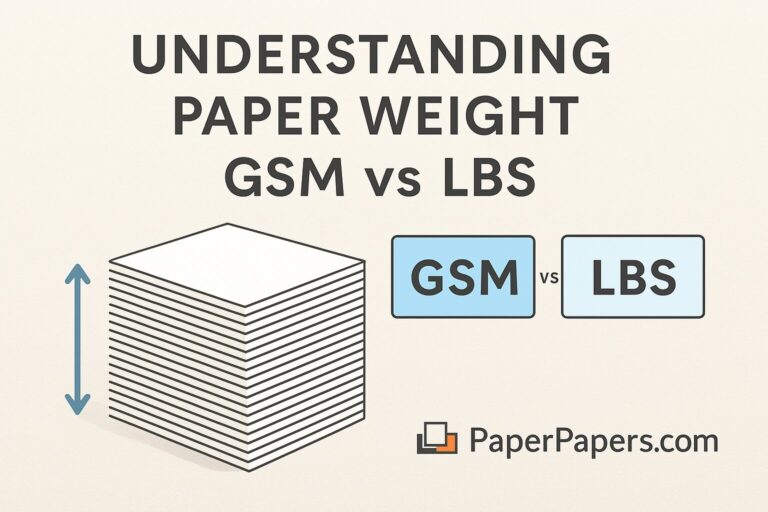The History of Paper
The importance of paper for our civilization cannot be underestimated. It has been the medium upon which for thousands of years we have recorded our collective knowledge and transported it all around the world.
While people have used different mediums to record their knowledge and communicate throughout our recorded history, from stone walls of caves to clay tablets, it was after the invention of paper that access to knowledge slowly started to become commonplace. Let’s walk through the history of paper.
The first paper-like plant-based writing sheet was papyrus in Egypt (4th Century BC) but it was the Chinese who about 2000 years ago, took communication to the next level by crafting cloth sheets to record their drawings and writings. And thus, they invented the first version of the paper we still use today.
Although there were precursors such as papyrus in the Mediterranean world and amate in the pre–Columbian Americas these are not considered the true paper.
Nor is true parchment considered paper, despite being primarily used for writing, the original parchment is heavily prepared animal skin that predates paper and possibly papyrus.
Paper was first made in Lei-Yan by Ts’ai Lun, a Chinese court official. In all likelihood, Ts’ai mixed mulberry bark, hemp, and rags with water, mashed it into a pulp, pressed out the liquid, and hung the thin mat to dry in the sun. After its origin in central China, the production and use of paper spread steadily first over the Asian continent and then all over the world.
We have clear records of paper being used at Dunhuang by 150 CE, in Loulan (modern-day province of Xinjiang) by 200 CE, and in Turpan by 399 CE.
In Eastern Asia paper spread to Vietnam in the 3rd century, to Korea in the 4th century, and to Japan in the 5th century. The Korean paper was famed for being glossy white and was especially prized for painting and calligraphy and was sought after in the whole Asian continent.
It took more than 300 years for this revolutionary paper technology to start spreading beyond China. During the 8th century, Chinese paper making started to spread to the Islamic World, first to the territories that today make up the Middle East, and slowly it started to make its way, using the commercial trade routes that existed, toward Europe.
In the Islamic World, it replaced papyrus as the main writing medium and undoubtedly had an important role in the Islamic Golden Age.
During the 8th century, paper started to replace parchment as the primary writing material for administrative uses in Baghdad.
According to Ibn Khaldun, a renowned Muslim historiographer, parchment was rare, and a great increase in the number of correspondents throughout Islamic territories, resulted in an order issued by Al-Fadi ibn Yahya, the Abbasid’s Grand Vizier, for the manufacture of paper to replace parchment.
There are records of paper being made at Gilgit in Pakistan by the sixth century, in Samarkand by 751, in Baghdad by 793, in Egypt by 900 and in Fes, Morocco around 1100, in Syria e.g Damascus and Aleppo, and in Andalusia around the 12th century, in Persia by the 13th, Isfahan by the 14th and India by the 16th.
The evidence of paper used on the Indian subcontinent appears first in the second half of the 7th century. Its use is mentioned by 7th-8th century Chinese Buddhist pilgrim memories as well as some Indian Buddhists, a Kakali and Sava- likely Indian transliteration of Chinese Zhi.
Thin sheets of birch bark and specially treated palm leaves remained the preferred writing surface for literary works through the late medieval period in most of India. The earliest Sanskrit paper manuscript found is a paper copy of Shatapatha brahmana in Kashmir, dated 1809, while the earliest Sanskrit paper manuscripts in Gujarat are dated between 1180 and 1224.
Some of the oldest surviving paper manuscripts have been found in Jain temples of Gujarat and Rajasthan, and paper use by Jain scribes is traceable to around the 12th century.
According to the historical trade-related archives found in the synagogues of the Middle East, Jewish merchants imported large quantities of paper into ports of Gujarat Malabar coast and other parts of India by the 11th century to partly offset the goods they exported from India.
By the 11th century, papermaking was brought to Europe, where it replaced animal-skin-based parchment and wood panels. Here it was also refined further, with the Spaniards using paper mills with waterwheels to make the paper-making process more effective.
The oldest known paper document in Europe is the Mozarab Missal of Silos from the 11th century, probably using paper made in the Islamic part of the Iberian Peninsula. They used hemp and linen rags as a source of fiber.
The first recorded paper mill in the Iberian Peninsula was in Xativa in 1056. Papermaking reached Europe as early as 1085 in Toledo and was firmly established by 1150. During the 13th century, mills were established in Amalfi, Fabian, and Treviso in Italy, and by 1340 were widespread throughout the whole Italian peninsula.
Papermaking then spread further northwards, with evidence of paper being made in Troyes, France by 1348. In Holland, we see paper first surface in our records sometime around 1340-1350 and in Nuremberg, Germany by 1390.
This was just about the time when the woodcut printmaking technique was transferred from fabric to paper in the old master print and popular prints. There was a paper mill in Switzerland by 1432 and the first mill in England was set up by John Tate around 1490 (the first commercially successful mill in Britain was set up in 1588 in Kent. During this time paper making spread to Austria by 1469, Poland by 1491, Russia by 1576, the Netherlands by 1586, Denmark by 1596, and to Sweden by 1612.
Arab prisoners who later settled in a town called Borgo Saraceno in Italy are also credited to have introduced local artisans in the Province of Ancona to the technique of making paper by hand. At the time they were renowned for their wool-weaving and manufacture of cloth.
These papermakers considered the process of making paper by hand an art form and were able to refine the process to successfully compete with parchment which was still the primary medium for writing at the time.
They developed the application of stamping hammers to reduce rags to a pulp for making paper, sizing paper using animal glue, and creating watermarks in the paper during its forming process. They also adapted the waterwheels from the fuller’s mills to drive a series of three wooden hammers per trough.
In the Americas, archeological evidence indicates that a similar bark-paper writing material was used by the Maya no later than the 5th century CE. It was called amate and it was used widely among Mesoamerican cultures until the Spanish conquest.
European papermaking spread to the Americas first in Mexico by 1575 and then in Philadelphia by 1690.
As we can derive, paper spread steadily throughout the whole civilization, replacing the original “hard to create” surfaces and other transport mediums for writing, and went on to have a huge impact on the development of our civilization.










One Comment